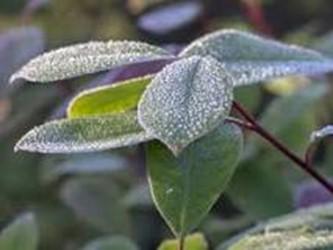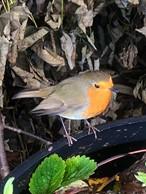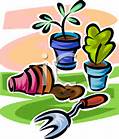Decide what sort of effect you want to create.
Understanding colour and where to use it for best effect will transform your garden from a jumbled mess of colour into a perfectly designed palette.
Visiting gardens is a wonderful way to see how others use colour in the overall design.
Just as in any artistic hobby (such as painting, patchwork, flower arranging, or in interior design), the Colour Wheel is a very useful instrument.
Even the most flamboyant designs require a degree of taming to ensure that the colour scheme is strong, rather than chaotic.
Here are some plant combinations to use: harmonious, complementary, and clashing.
Complementary plant combinations: the colours sit directly opposite each other on the wheel, Examples include purple, yellow, orange, and blue. These are colours to uplift the mood, and they work well with some light foliage woven through the planting, so as to add a little ‘down time’ to the plan. Do not only think of flowers: coloured leaves can be used as one half of the complementary scheme, or even using foliage only.
Harmonious plant combinations: harmonious colours sit next to each other on the wheel. Usually one of these colours is dominant, with the others as background highlights. Both ‘hot ‘and ‘cold’ colours can create harmonious effects.
Clashing plant combinations: this is the most courageous way of planting. This is the ‘what works for you’ approach. Plant what you love, where you love. Use lots of green as a linking element to avoid a chaotic scene. If unsure, work with no more than five clashing colours and , if possible, in bold swathes through the plot. If you like to wake up your garden visitors and give the border an oomph, element, plant a single blue or purple plant in a sea of yellow or orange.
I hope you use the Colour Wheel to plant your garden to create a party atmosphere or one of peace and tranquillity.
It might be too cold this month to garden but not for dreaming of a beautiful coloured border.
Hazel Wyatt



 RSS Feed
RSS Feed
